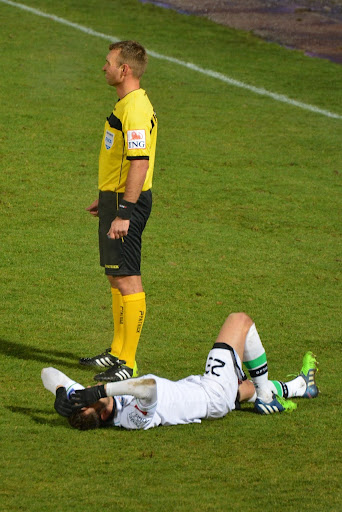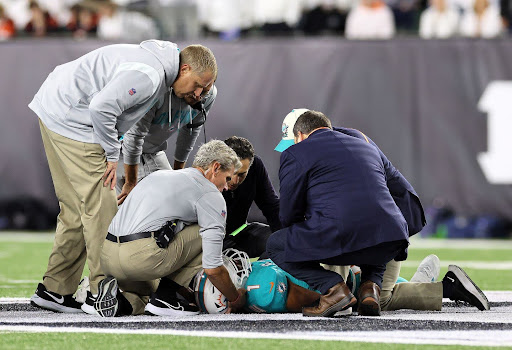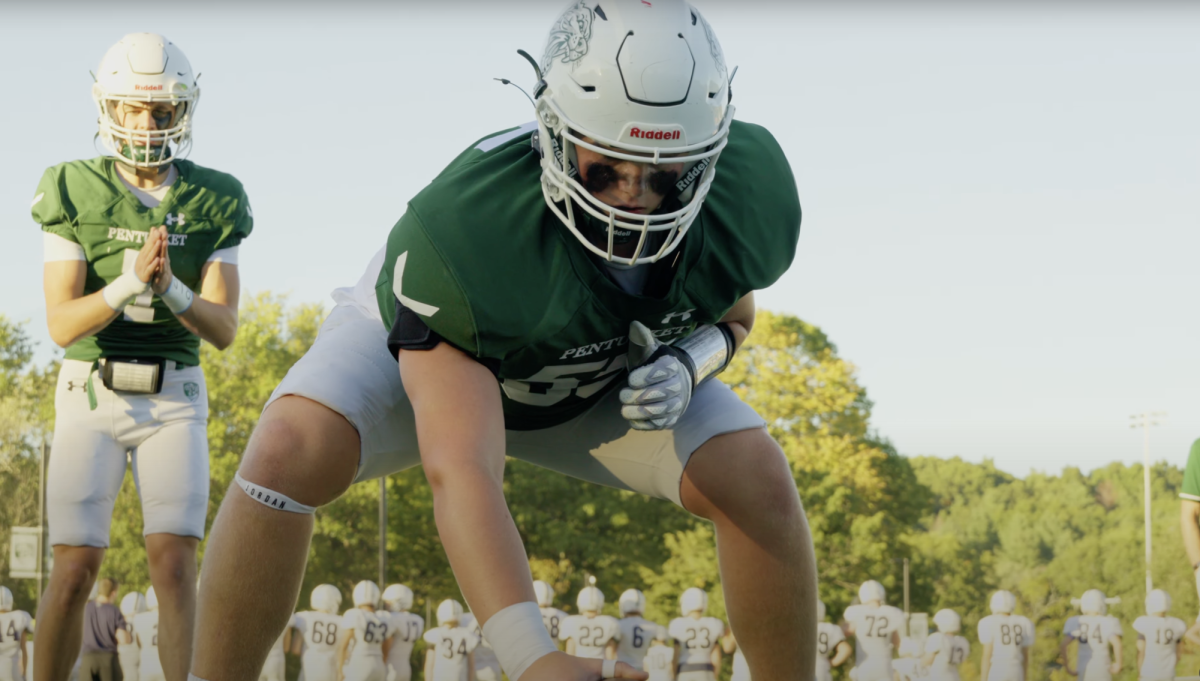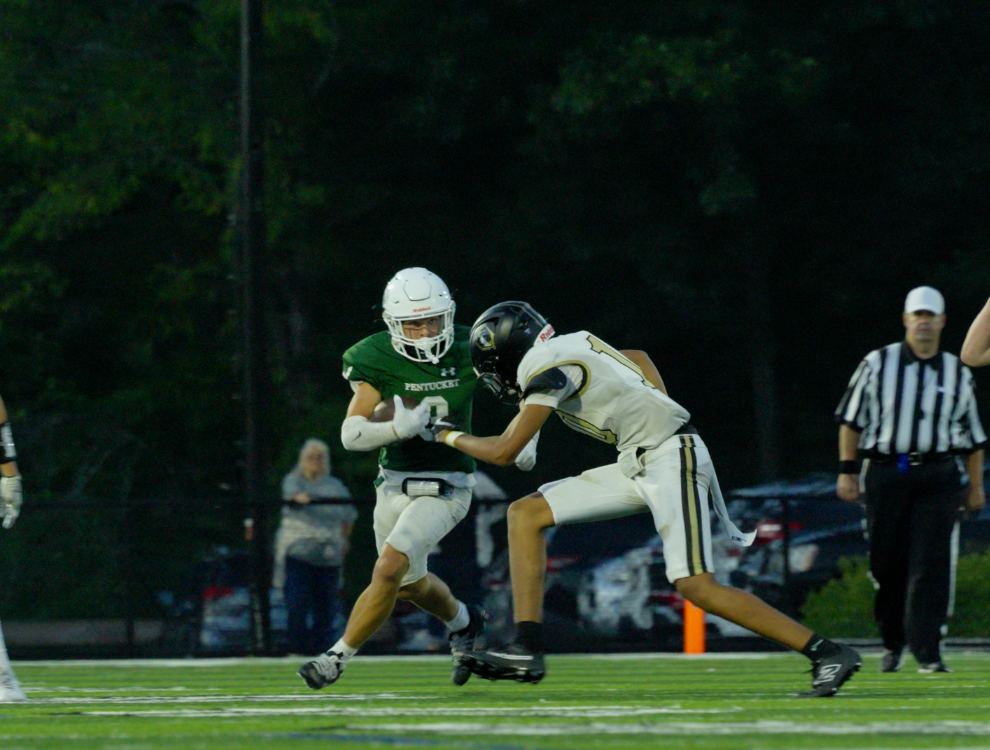
What is the problem?
Concussions are one of the most common injuries in sports, but they are also one of the most serious. Many athletes will experience a concussion at some point while playing sports. This is starting to become a problem as new data about concussions is constantly being evaluated. This problem is evergrowing with new developments constantly being discovered.
How does this affect players?
Player safety is essential, and many rule changes have been made for this. Certain schools have begun limiting contact during practices and scrimmages as an attempt to keep players as safe as possible leading up to games. New technology and methods are being developed to further the safety of players. As technology such as helmets, pads, etc. advances, sports safety will be consistently improving. Sports administrations have been noticing an increase in concern about concussions, and as a result, some schools have eliminated some health dangers to players.
Concussions have strong immediate effects on those afflicted. Will Cacciapuoti, a freshman, reported feeling very dizzy and weak immediately after a seemingly normal fall during a basketball game, “I felt very dizzy and I felt very tired and out of it while moving around.” These are only some of the first symptoms in the affected players, it is critical that these players report their symptoms to keep them as healthy as possible and to prevent further damage. Simple contact with your head can cause serious damage such as a concussion.
It is crucial for coaches as well as other present staff to have a good knowledge of the symptoms of concussions. Will stated that the assistant coach of his basketball team noticed the concussion signs immediately, “My assistant coach noticed my struggle walking and asked about my head, after I told him my symptoms he immediately knew it was a concussion.” Playing through a concussion is extremely dangerous, and coaches need to know the symptoms to prevent further injury.
Symptoms, Recovery, and After-Effects
After a concussion, players are 50% more likely to be concussed again, and proper rehabilitation is key to helping a player fully recover. Many brain problems often stem from concussions if they are left untreated, including nervousness, anxiety, irritability, etc. With proper care, these can be easily avoided by treating the injury directly and then rehabilitating the injured person physically and mentally. With new technology, we are seeing the true results of long-term brain damage. CTE, or Chronic Traumatic Encephalopathy, has been the front-runner problem. This is only able to be diagnosed after death, however, symptoms are often present. Unfortunately, this dilemma is currently very unclear and people are unsure how it is affecting players today.
Concussions last from a few weeks to many months depending on the severity of the injury, and during recovery many things are off-limits. Most athletes would love to be right back playing as soon as possible, but this is not healthy for them. Some may even lie about being okay in order to get back to playing quickly. Shortcutting the rehabilitation process will only result in more problems. Unfortunately for many athletes, most physically inducing activities are not safe. An important recovery step is very small amounts of exercise a little while after the injury. This can eventually turn into physical therapy to get back into a normal exercise pattern.

The Future of Concussions in Sports
As more information is constantly being discovered, this situation is becoming more and more serious. Over time, the concussion problem will always be a variable in sports, but with new gear and better protection beginning to pop up this problem will be greatly reduced. Overall, with these new resources, the sports concussion crisis should begin to improve shortly, and sports will become even more safe.


















A/N Montello • Jan 25, 2024 at 8:30 pm
The writer has increased our awareness of the reality that our student athletes have and will experience concussions while playing the sports they love knowing that the.risk and reoccurrence is real.
Recognizing the symptoms can prevent risk of more serious complications .
The writer has encouraged readers to follow up with the proper rehabilitation to avoid more serious issues